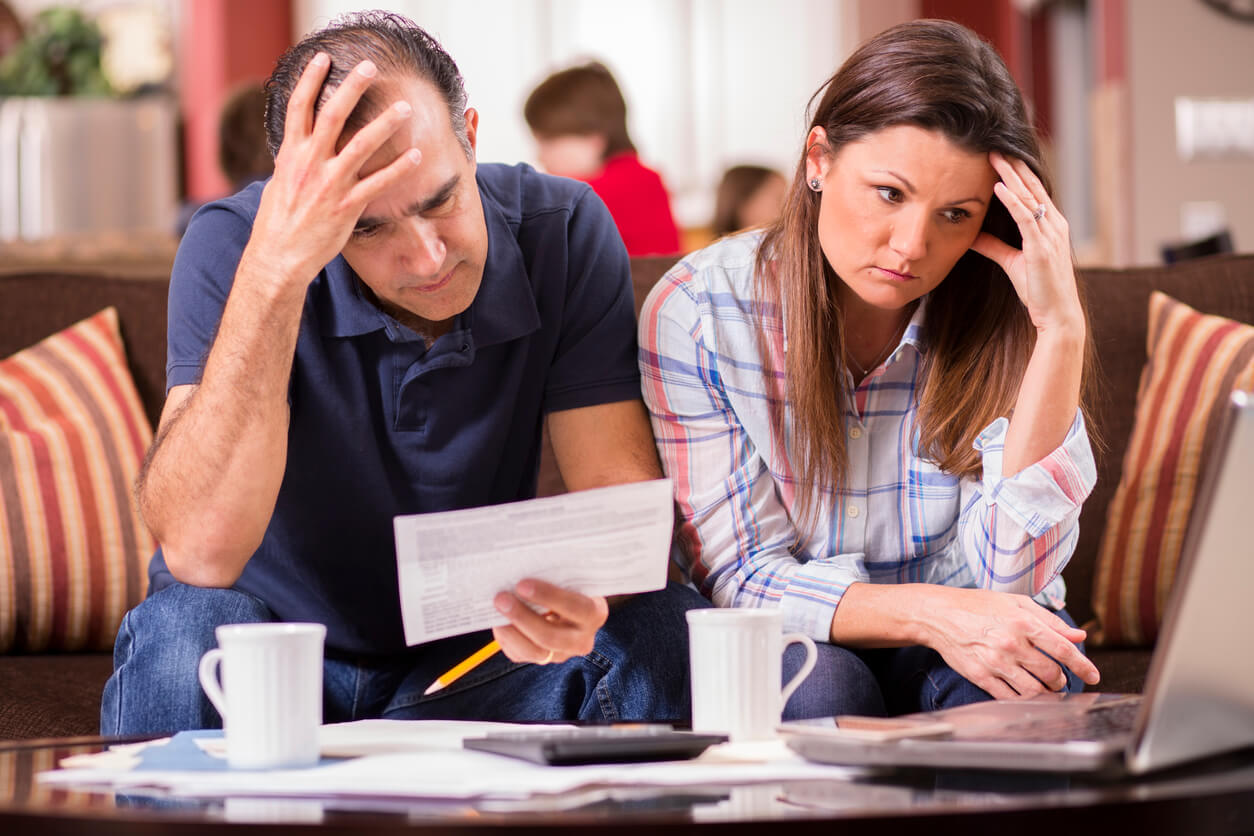Have you ever heard of a consumer proposal but not sure how it differs from a bankruptcy filing? Indeed, these are two financial recovery strategies that allow you to overcome a debt problem. Both the consumer proposal and bankruptcy require the expertise of a licensed insolvency trustee. It is only the trustee who can help you choose between the two. And the differences between these two solutions to debt are significant. What are they? At News Hunter tv, we “rkillen associates” are going to assist you to know abut consumer proposal and difference between both of them.
What is a Consumer Proposal?
An increasingly common alternative to declaring bankruptcy, the consumer proposal is a formal agreement between you and your creditors which aims to reduce your financial obligations, that is to say to reduce your debts. With your creditors, your trustee renegotiates your unsecured debts (like credit cards, lines of credit, etc.) so that you can pay them off at a new agreed amount, often a fraction of the total amount, over a specified period. In fact, a consumer proposal can only reduce unsecured debts, that is, debts that are not guaranteed by an asset, such as your house or your car.
What is Bankruptcy?
Personal bankruptcy is a legal process that provides immediate relief from a debt problem. Declaring bankruptcy is a formal debt solution for people who are no longer able to pay their debts. It is a more serious process than that of a consumer proposal in that you and your means are monitored more closely and some of your assets can be liquidated to repay your creditors.
There are important differences between a consumer proposal and bankruptcy. Let’s explain them according to four main criteria: their impact on your property, their duration and their impact on your credit and their cost.
Impact of a Consumer Proposal or Bankruptcy on my Property
The biggest difference between a consumer proposal and bankruptcy is precisely the impact on your property. A consumer proposal allows you, with the help of a trustee, to renegotiate your unsecured debts (credit cards, lines of credit, etc.) while keeping your debts guaranteed, such as your mortgage or car loan, separated.
If you decide to go bankrupt, unsecured debt is eliminated, but some assets can be foreclosed and liquidated. However, declaring bankruptcy does not mean that you will lose all of your assets. Each province has a list of assets that are exempt from seizure or exempt. Sometimes took the help of bank loan as to overcome this situation.
How long does a Consumer Proposal and Bankruptcy last
The duration of a consumer proposal is more flexible. Structured as an agreement between you and your creditors, your trustee works with you to determine the length of time it takes you to complete your payments, up to a maximum of five years.
A bankruptcy declaration generally takes less time than a consumer proposal. For a first-time bankruptcy, you can complete the entire process and be debt-free within nine months. If you are required to make excess income payments, the bankruptcy is extended for 12 months.
How does the Consumer Proposal and Bankruptcy affect my Credit
They both affect your credit. But the consumer proposal is less serious than the declaration of bankruptcy. After you file a consumer proposal, your credit report will show a score of R7 for three years after your payments are finished or six years after the date of filing, whichever occurs first.
After filing for bankruptcy, your credit report will show a score of R9, which is the lowest score. Depending on certain circumstances, a first bankruptcy will remain on your file between six and seven years after the date of your discharge.
How much does the Consumer Proposal and Bankruptcy Cost
There are fees associated with filing consumer proposals and declaring bankruptcy. But these are part of your monthly payment.
With a consumer proposal, however, the total cost is the amount your trustee negotiated with your creditors – a portion of your overdue debts. The administration fee will be deducted from this amount. During the consumer proposal, your monthly payments never change. Usually, these payments are lower than those in bankruptcy because they can extend over a longer period.
The cost of bankruptcy is calculated based on your income. The higher your income, the more you settle in excess income payments. Another difference from the consumer proposition is that your monthly payments can change along the way. If your income increases, so do your monthly payments.
Consumer Proposal vs. Bankruptcy: What’s the Difference
The differences between consumer proposal and bankruptcy are certainly not insignificant. These are two great strategies for turning the page on a debt problem, but one isn’t necessarily better than the other. Making the right decision depends on several variables that only a Licensed Insolvency Trustee can explain to you.
If you are having financial difficulties, you can book a free consultation with a member of our team. We would be happy to explain all your options and guide you to the best solution.

